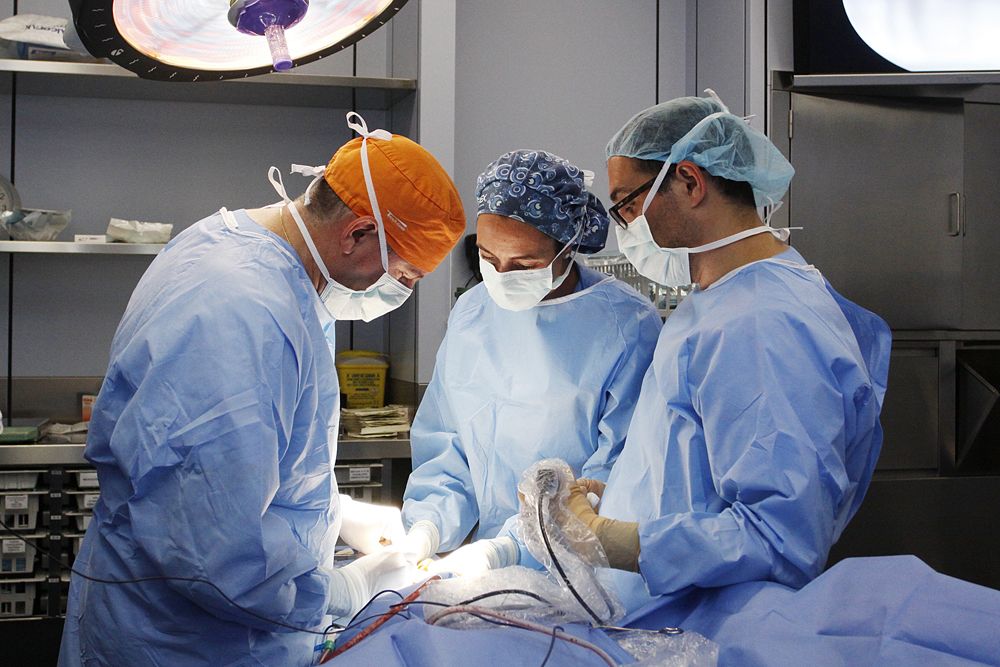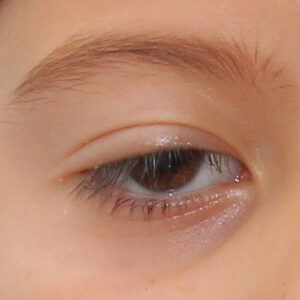Treatments
Eyelid ptosis surgery

What is a ptosis surgery?
Ptosis surgery is the surgery with which we seek to correct the abnormally low position of one or both upper eyelids. The aim is to prevent the drooping eyelid from covering part of the pupil and thereby reducing the visual field, but we can achieve an aesthetic improvement as well, as ptosis confers a sad and “dull” look to the eyes.
To treat this pathology we have multiple techniques, which our oculoplastic specialists will indicate in a personalised way, according to the type and degree of ptosis you have. For example, when the eyelid levator muscle retains some mobility, we use procedures that act on it to strengthen its function. On the other hand, if this muscle is very ineffective and can hardly move, we choose to replace it through suspension techniques, which take advantage of the eyebrow movement to transmit it to the eyelid. This “link” between both structures can be made using synthetic materials and different types of grafts, or directly (direct frontal flap), as Miranza specialists have pioneered in Europe.
Eye diseases treated
Eyelid ptosis can not only be operated on in adults, but also in children. In fact, it is in childhood when it is most important to solve it early, so that visual development is not compromised. We give you more details about ptosis surgery in children.
Recovery
Eyelid ptosis surgery is performed on an outpatient basis and, in the case of adults, under local anaesthesia. Especially during the initial 48 hours, you will notice a swollen and red area around the eye, due to the usual inflammatory process of the surgery. Other common discomforts that will gradually subside are some difficulty blinking, a sensation of a foreign body in the eye, tearing and even a little blurred vision.
The treatment and guidelines indicated by your ophthalmologist will help you to make the postoperative period (of about two weeks) as comfortable as possible. It is important as well that you undergo the established follow-up examinations and that you take into account some recommendations, such as not rubbing your eyes and avoiding intense physical exertion, exposing yourself to the sun or swimming in the sea or pool during the first weeks. With these precautions, you will be able to resume your daily activities soon.
As a result of the surgery, you will soon notice how the elevation and contour of the operated eyelid margin improves, as well as the symmetry with regard to the other eye, without leaving any visible scars on your face. These are concealed as much as possible, as all the techniques we carry out are minimal incisions.
